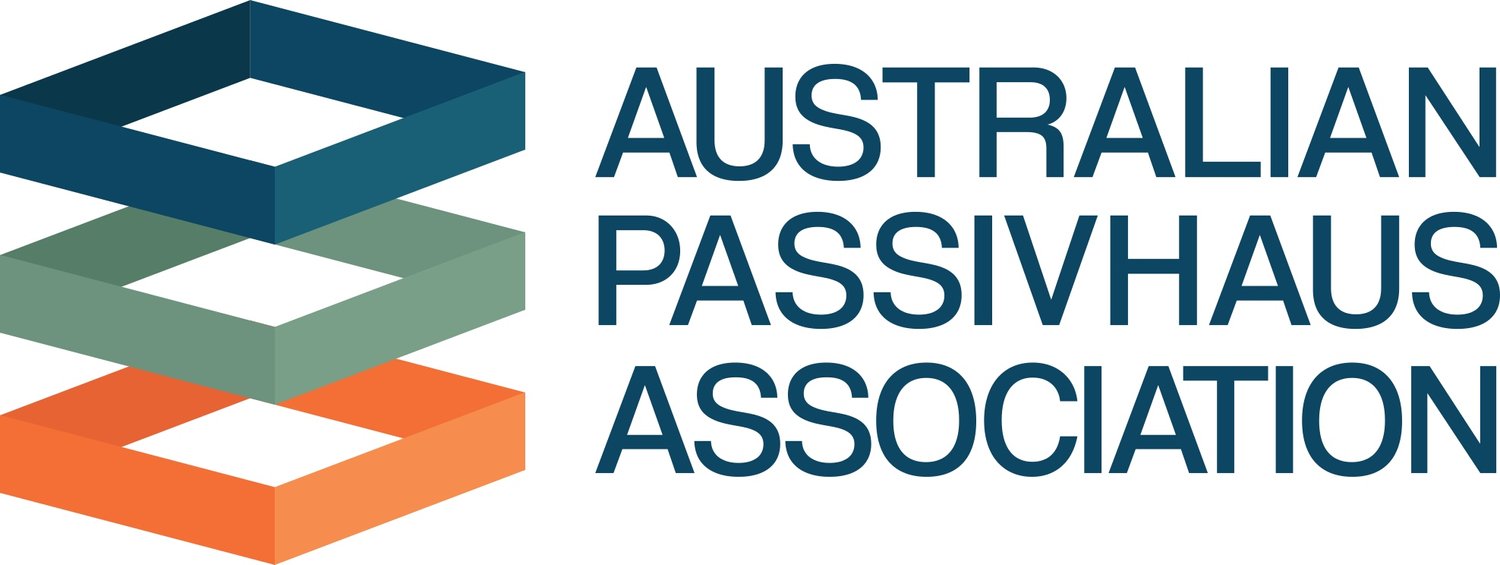APA Members Recognised at Sustainability Awards
APA Members Recognised at 2025 Sustainability Awards
ACT Recognises Passivhaus Standard as a Compliance Pathway
The Australian Passivhaus Association is pleased to share a major milestone for Passivhaus in Australia: the ACT Government has recognised Passivhaus (PassivHaus) certification as a compliant pathway for meeting energy efficiency requirements in new homes.
Three simple ways to support International Passivhaus Open Days 2025
This year, the Passivhaus community across Australia, including many APA members, will open the doors to their Passivhaus projects, a total of 34 projects and 76 sessions, giving visitors a firsthand experience of what it’s like to live and work in a Passivhaus. Here are 3 simple ways you can help us have our highest attendance yet.
From Growth to Impact: APA Chair’s Letter
APA Chair Joe Karten reflects on a transformative year for Passivhaus in Australia - from an 86% increase in certified buildings to training 2,700 people across the country. As we grow from a volunteer-driven movement to a national advocacy force, discover what's driving this momentum and what 2026 holds for high-performance building in Australia.
APA Members Shine at 2025 HIA Australian GreenSmart Awards
APA Members Shine at 2025 HIA Australian GreenSmart Awards
Congratulations to 2025’s Passivhaus Incubator Cohort
Participants now leave the program ready to make changes to policy with Passivhaus knowledge and APA’s continued support.
September Promotion! Save on your Passivhaus Training when you book this month
Book during September for a voucher towards Course Exam costs
ECHO.1: Australia’s Pioneering Build-to-Sell Passivhaus Townhouses
ECHO.1: Australia’s Pioneering Build-to-Sell Passivhaus Townhouses
Australian Building Standards Criticised as “Stuck in the 1970s” – But Solutions Exist
International criticism highlights Australian construction's outdated practices, with concerns about air leakage, steel framing issues, and poor thermal performance. The Passivhaus standard offers proven solutions, delivering up to 90% energy savings while addressing condensation, insulation, and indoor air quality challenges that plague conventional Australian builds.
Does Passivhaus Work in Australia?
Contrary to common belief, Passivhaus principles thrive in Australia's diverse climates. From tropical north Queensland to cool Tasmania, this performance-based building standard addresses Australia's comfort and energy challenges through superior envelope design, achieving dramatic energy reductions while maintaining stable indoor temperatures year-round across all Australian climate zones.
It's official, the NCC is (kind of) frozen
The Australian government has announced a National Construction Code "freeze" to address housing supply issues. But with planning approvals taking over 7 months and costing $20,000 before construction begins, are building codes really the main barrier?
Industry and consumer coalition backs certainty on National Construction Code
An industry coalition of 15 leading industry, consumer and community organisations has welcomed the Australian Government’s commitment to implement the 2025 National Construction Code (NCC) and to reaffirm the higher residential standards introduced in 2022.
The group also acknowledged the Government’s announcement that the next round of code changes will move from 2028 to 2029. The additional 12 months must be used productively and should not be extended. Recognising the pressures governments are balancing, the group emphasised that streamlining and removing unnecessary regulation can and should continue during this period. The group also urged government to adequately resource the Australian Building Codes Board to ensure the next update builds broad support and can be implemented quickly and efficiently.
New Tool for Calculating Shading Reduction Factors
A new tool called the Reduction Factor Shading has been developed by the Passive House Institute to calculate shading reduction factors for shading devices, following the ISO 52022 code. This tool also considers the effect of insect screens. In the Passive House Planning Package, the use of reduction factors is key for more precise calculations.





















